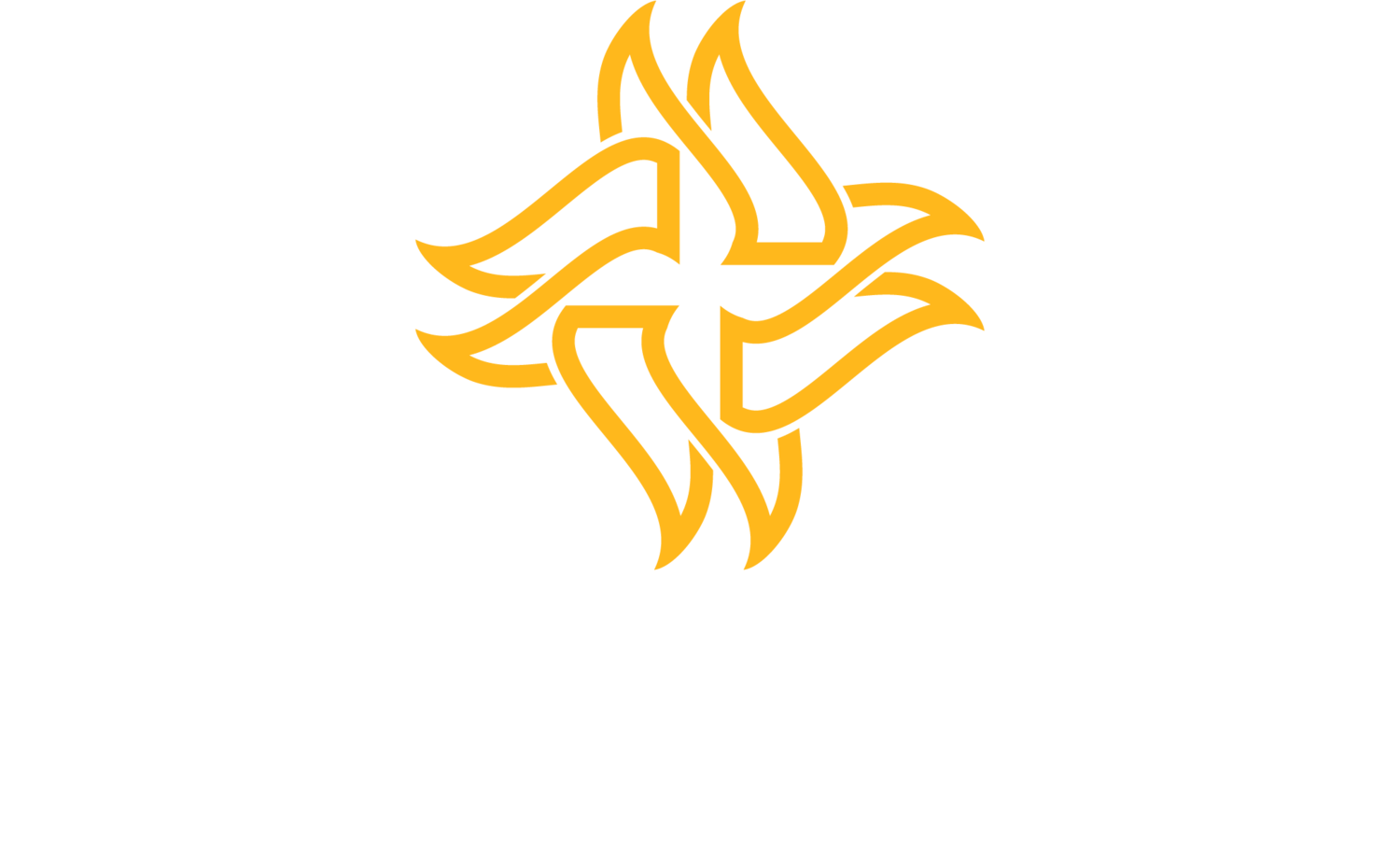The Evolution of Work: How Leaders Can Adapt to a Changing Workforce
“46% of businesses have observed a decline in worker productivity, with the most common reason being changing attitudes in the workforce”
In an era where the workplace is evolving faster than ever, business leaders are tasked with navigating an increasingly complex landscape. Insights from the recent Central Coast Regional Leaders Breakfast in March highlighted that recruitment remains a primary challenge for businesses on the Central Coast. Additionally, the latest Business Conditions Survey by Business NSW reveals that 46% of businesses have observed a decline in worker productivity, with the most common reason being changing attitudes in the workforce. To delve deeper into these challenges and opportunities, Ellie Brown, Senior Strategic Consultant at Lysander, convened a fireside chat with Scott Goold, Regional Director - Central Coast of Business NSW, and Kerrie Adaway, CEO of Lysander.
The Fresh Wave of Young Professionals
As younger professionals enter the workforce, they bring with them a wave of fresh ideas and a dynamic energy that can revitalise any business. Scott Goold notes, "Young professionals bring fresh ideas to the table. They've got a level of enthusiasm coming in; they want to learn. They might learn a little bit differently than previous generations, which is totally to be expected."
This generational shift is not without its challenges. The integration of multiple generations in the workplace can lead to friction. However, this diversity also presents a unique opportunity for innovation and growth. Kerrie Adaway adds, "When we've got five different generations in a space, each person, because of their experience, brings a different lens to what actually constitutes the way that we communicate."
“Young professionals bring fresh ideas to the table. They’ve got a level of enthusiasm coming in; they want to learn. They might learn a little bit differently than previous generations, which is totally to be expected.”
Defining the Modern Workplace
The modern workplace is no longer confined to traditional office spaces. Flexibility, inclusivity, and technology are at the forefront of this evolution. Scott Goold shares an enlightening example from Borg Manufacturing, where technology is harnessed to upskill new employees. "They've deliberately used a medium or a platform that they know the younger generation are already highly engaged with," he explains. This approach not only enhances engagement but also ensures that the learning methods are in sync with the technological proficiency of younger employees.
Ellie Brown underscores the importance of this adaptability. "It's a challenge for us older generations as well, and acknowledging that learning can go both ways is crucial," she remarks. This mutual learning environment fosters a culture where both experienced and younger employees can thrive.
Creating Inclusion for Younger Generations
“People want to feel that they can walk into an environment, feel psychologically safe, feel that sense of belonging, and be able to bring their whole selves to the table.”
Inclusion is a critical component of a thriving workplace. Younger employees, in particular, seek environments where they feel valued and included. Kerrie Adaway highlights the importance of psychological safety and a sense of belonging. "People want to feel that they can walk into an environment, feel psychologically safe, feel that sense of belonging, and be able to bring their whole selves to the table," she asserts.
This inclusive approach not only benefits younger employees but also enriches the entire organisation. Scott Goold recalls a powerful quote from an AI summit: "AI is not going to replace you in your job, but someone who uses AI will." This statement underscores the necessity for continuous learning and adaptability, encouraging older generations to embrace new technologies and learn from their younger counterparts.
Fostering an Inclusive Culture
Leadership plays a pivotal role in fostering an inclusive culture. Kerrie Adaway emphasises the need for leaders to create an environment that supports diversity and inclusion. "Leaders need to realise that diversity and difference create a need for us to dig in and see what those dynamics are. We need to create an environment with a huge amount of empathy, listening, and understanding," she explains.
This inclusive culture is not just about feeling good; it directly impacts productivity and innovation. Ellie Brown references a recent business conditions survey, noting that businesses investing in training and opening doors to learning are seeing increased productivity. "Building strong and inclusive cultures is crucial, and ensuring everyone has the space to learn is essential for organisational success," she concludes.
In response to the recent Central Coast Regional Leaders Breakfast in March earlier this year, highlighting that recruitment remains a primary challenge for businesses on the Central Coast, Business NSW has partnered with The University of Newcastle, Lysander, and Central Coast Industry Connect to organise the Central Coast Workforce Futures event. This initiative aims to help businesses future-proof their workforce by attracting and retaining top talent.
As the event approaches, the insights shared by these industry leaders provide a roadmap for navigating the new workplace landscape. Embracing the strengths of younger generations, leveraging technology, fostering psychological safety, and creating inclusive environments are essential strategies for modern businesses. By adapting to the evolving workforce dynamics, leaders can ensure that all employees, regardless of their generation, feel valued and included, paving the way for sustained organisational success.
In a world where change is the only constant, the ability to navigate these shifts with agility and foresight will distinguish the leaders of tomorrow.


